Maintaining a fully functional commercial door is essential for ensuring security, accessibility, and professional appearance in any business setting.
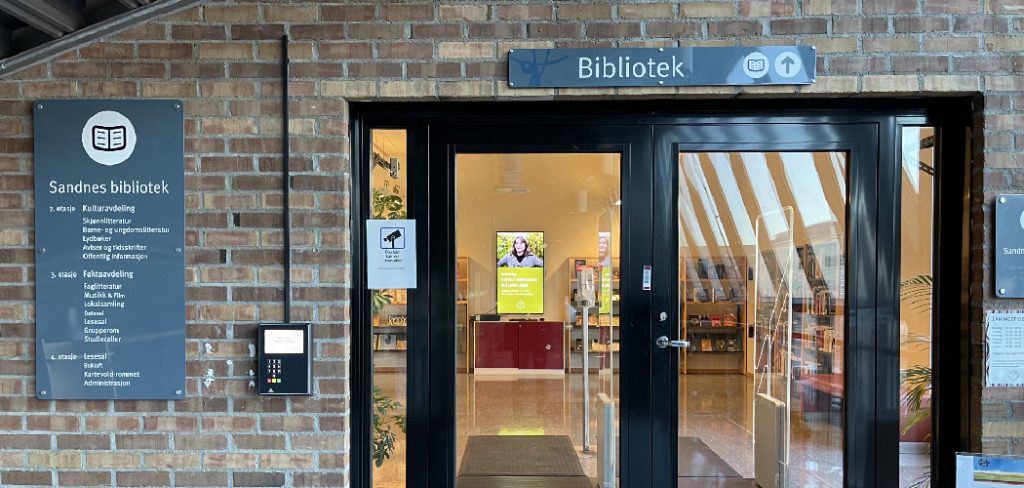
Over time, commercial doors can encounter various issues such as misalignment, malfunctioning locks, or damaged hardware, which can disrupt daily operations and compromise safety. In this guide, we’ll walk you through how to fix a commercial door.
From simple adjustments to replacing worn-out parts, our comprehensive instructions will help you restore your commercial door to optimal condition, ensuring smooth operation and enhanced security for your business premises.
Importance of Maintaining a Functional Commercial Door
Maintaining a functional commercial door is crucial for several reasons. Firstly, it ensures the security of your business premises by preventing unauthorized access and protecting valuable assets and sensitive information.
A properly maintained door also enhances accessibility, allowing smooth entry and exit for employees, customers, and suppliers, thereby improving operational efficiency.
Moreover, the professional appearance of your facility is upheld with a well-maintained door, fostering a positive impression on clients and visitors.
Identifying Common Commercial Door Problems
Before diving into the repair process, it’s essential to identify the common problems that commercial doors face. Recognizing these issues early can save time, money, and prevent more extensive damage. Here are some typical problems to watch out for:
- Misalignment: One of the most frequent issues, misalignment can cause the door to drag on the floor or frame, making it difficult to open and close. This can be due to hinges coming loose over time or the door frame settling.
- Malfunctioning Locks: Security is paramount, and a lock that doesn’t function correctly can leave your premises vulnerable. Problems can include keys not turning, locks jamming, or electronic keypad failures.
- Damaged or Worn-Out Hardware: Handles, hinges, and other door hardware are subject to wear and tear. Over time, these components might become loose, break, or fail, affecting the overall functionality of the door.
- Door Warping: Changes in temperature and humidity can cause wooden doors to warp. This can lead to gaps in the door frame, making it difficult to secure the door properly.
- Broken Door Closers: An automatic door closer ensures the door shuts properly after each use. If the closer is broken or misadjusted, the door might slam shut or fail to close completely.
- Weather Stripping Problems: Weather stripping around the door seals the gap between the door and the frame, providing insulation and protection from the elements. Damaged weather stripping can lead to increased energy costs and make the door more susceptible to drafts and water intrusion.
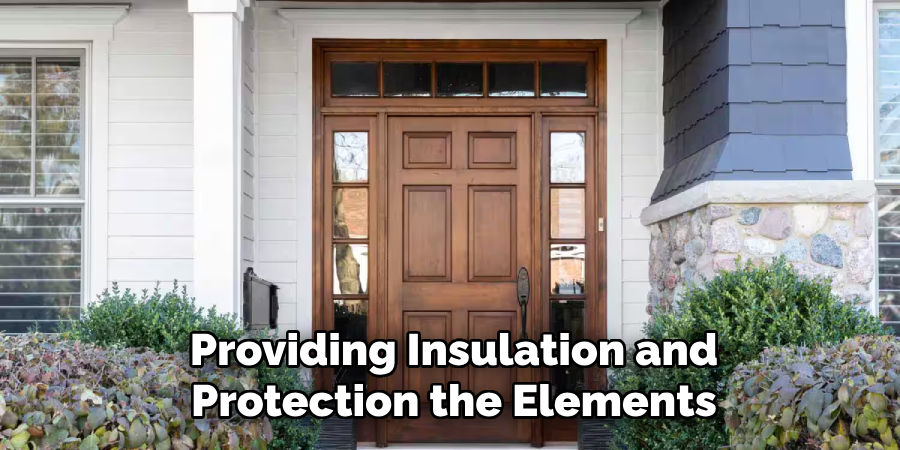
10 Methods How to Fix a Commercial Door
Method 1: Inspecting the Door and Identifying the Problem
The first step in fixing a commercial door is conducting a thorough inspection to identify the problem. Begin by examining the door for any visible signs of damage, such as dents, cracks, or warping.
Check the hinges, door frame, and surrounding hardware for wear and tear. Open and close the door multiple times to observe any issues with alignment, sticking, or unusual noises. Take note of any areas where the door does not seal properly or where the hardware appears loose or damaged.
This detailed inspection helps pinpoint the exact issues, allowing you to choose the most appropriate repair methods and ensure a comprehensive fix.
Method 2: Tightening or Replacing Hinges
Loose or worn hinges are a common issue with commercial doors, leading to misalignment and difficulty in opening or closing the door. To address this, first, tighten all the hinge screws using a screwdriver.
If the screws are stripped or the hinge holes are enlarged, replace the screws with longer ones or use wooden dowels and wood glue to fill the holes before re-screwing.
In cases where the hinges themselves are damaged or worn out, replace them with new, heavy-duty hinges designed for commercial use.
Method 3: Adjusting the Door Closer
A door closer helps control the speed and force with which a door closes, preventing it from slamming and ensuring it closes fully.
If the door closer is not functioning correctly, it can cause the door to close too quickly, too slowly, or not at all. To fix this, locate the adjustment screws on the door closer, typically found on the body of the closer.
Use a screwdriver to adjust the speed and latching controls, following the manufacturer’s instructions. If the door closer is damaged or leaking fluid, it may need to be replaced entirely.
Method 4: Repairing or Replacing the Door Frame
A damaged door frame can lead to misalignment and difficulty in opening or closing the door. To repair minor damage, use wood filler or epoxy to fill in cracks and holes. Sand the area smooth and repaint or refinish as needed.
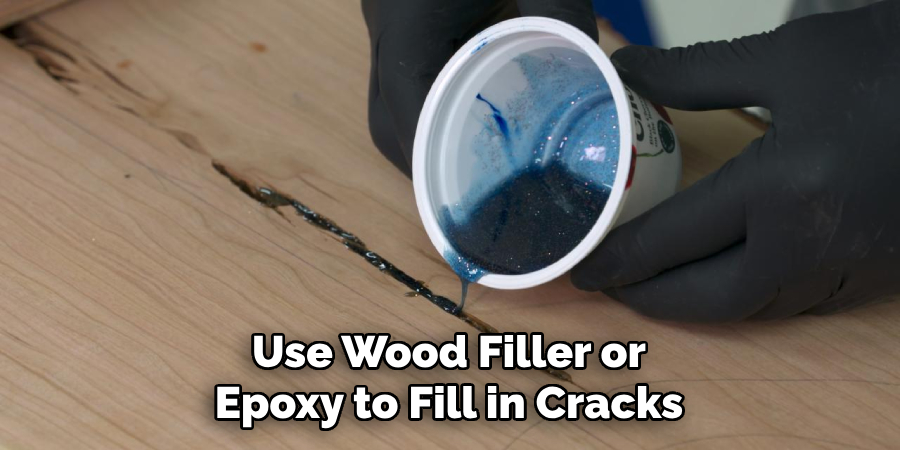
For more extensive damage, you may need to replace sections of the frame or the entire frame. Measure the door frame accurately and purchase replacement materials that match the existing frame.
Remove the damaged sections carefully and install the new frame components, ensuring they are level and secure.
Method 5: Lubricating Moving Parts
Over time, the moving parts of a commercial door, such as hinges, locks, and handles, can become stiff or noisy due to dirt, dust, and lack of lubrication.
To address this, use a silicone-based lubricant or a graphite spray, which are ideal for door hardware. Apply the lubricant to the hinges, latch, and any other moving parts, then operate the door multiple times to distribute the lubricant evenly.
Avoid using oil-based lubricants, as they can attract more dirt and cause buildup.
Method 6: Fixing the Locking Mechanism
A malfunctioning lock can compromise the security of a commercial door. To fix this, start by removing the lock from the door. Inspect the lock for any visible damage or worn components.
Clean the lock mechanism with a dry cloth to remove any dirt or debris. If the lock is still not functioning properly, consider replacing it with a new, high-quality commercial lock.
When installing the new lock, follow the manufacturer’s instructions carefully to ensure proper alignment and secure attachment. A properly functioning lock is crucial for the security and usability of a commercial door.
Method 7: Replacing Weather Stripping
Weather stripping around a commercial door helps seal gaps and prevent drafts, water, and pests from entering. Over time, weather stripping can wear out or become damaged.
To replace it, first, remove the old weather stripping by peeling it away from the door frame. Clean the area thoroughly to remove any adhesive residue. Measure the door frame and cut new weather stripping to the appropriate lengths.
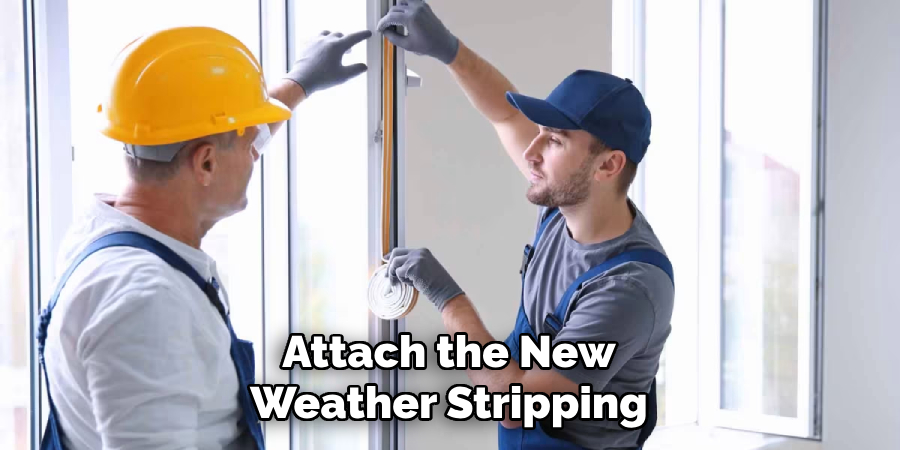
Attach the new weather stripping according to the manufacturer’s instructions, ensuring a tight seal. Proper weather stripping improves energy efficiency and keeps the interior environment comfortable and secure.
Method 8: Adjusting or Replacing the Threshold
The threshold is the strip at the bottom of the door that helps seal the gap between the door and the floor. If the threshold is damaged or misaligned, it can cause drafts, water intrusion, and difficulty in door operation.
To fix this, inspect the threshold for any signs of wear or damage. Tighten any loose screws securing the threshold to the floor. If the threshold is damaged, remove it and replace it with a new one that matches the door’s specifications. Ensure the new threshold is level and secure.
Adjusting or replacing the threshold improves the door’s sealing and functionality.
Method 9: Realigning the Door
Misalignment is a common issue with commercial doors, causing them to stick or not close properly. To realign the door, first, check the hinges and tighten any loose screws.
If the door is still misaligned, you may need to adjust the hinges or strike plate. Use a screwdriver to slightly loosen the hinge screws, then adjust the door’s position until it is properly aligned with the frame.
Tighten the screws securely once the door is in the correct position. If the strike plate is misaligned, adjust its position on the door frame until the latch aligns correctly. Realigning the door ensures smooth operation and proper sealing.
Method 10: Consulting a Professional
If you have tried all the above methods and the commercial door is still not functioning correctly, it may be time to consult a professional.
A commercial door repair specialist or locksmith has the tools and expertise to diagnose and fix complex issues. They can handle problems such as extensive frame damage, advanced locking mechanisms, and specialized door closers.
Hiring a professional ensures that the job is done correctly and efficiently, restoring the full functionality and security of your commercial door. This method provides peace of mind and guarantees a high-quality repair, especially for intricate or challenging projects.
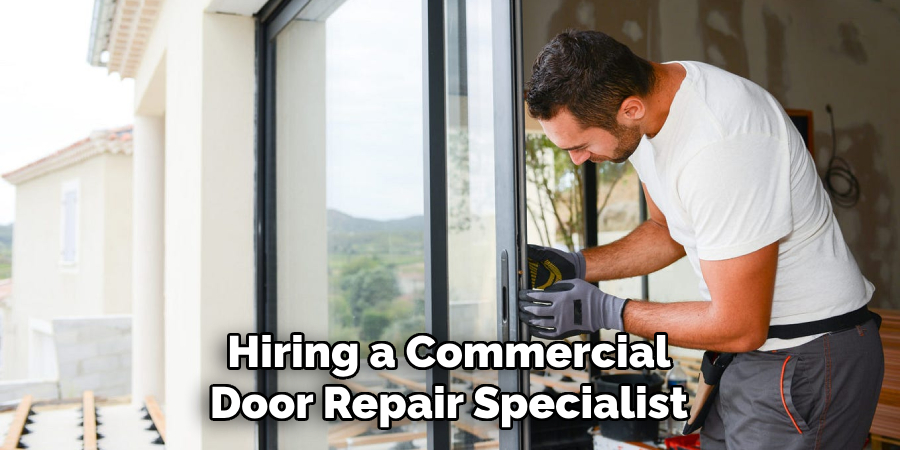
Conclusion
Maintaining a commercial door is key to ensuring the security, functionality, and longevity of the door and its components.
By regularly inspecting and addressing issues such as door closer adjustments, frame repairs, lubrication, and locking mechanisms, you can prevent minor problems from becoming major inconveniences.
Additionally, proper weather stripping and threshold adjustments improve energy efficiency and comfort. Thanks for reading, and we hope this has given you some inspiration on how to fix a commercial door!
